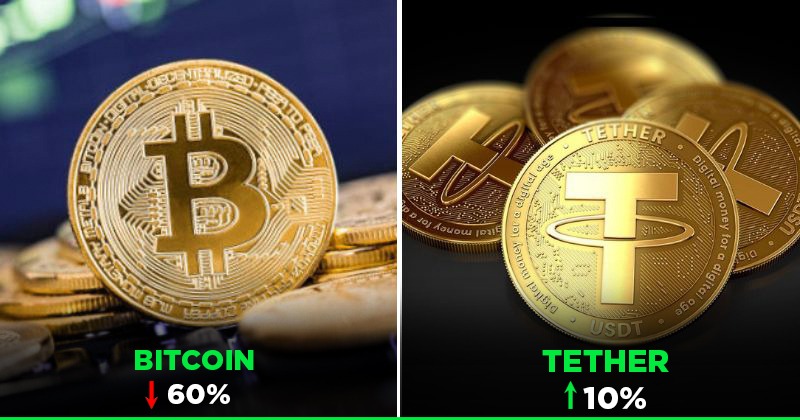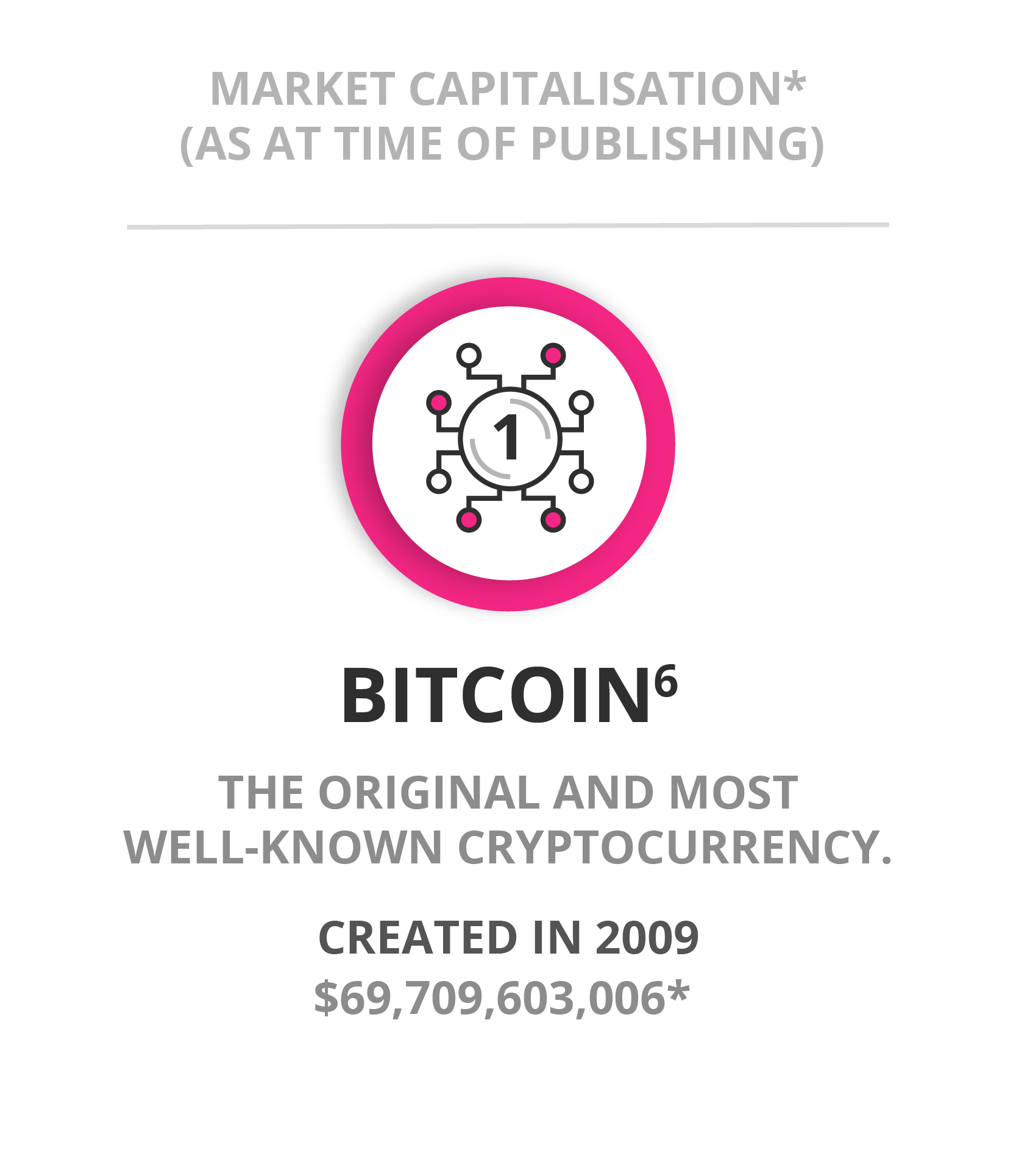all casinos accepting cryptocurrencies
All casinos accepting cryptocurrencies
Competition among cryptocurrencies drives innovation, reshaping the market landscape. Ethereum’s layer-2 scaling solutions have boosted transaction volumes, while tokenization of traditional assets has opened new markets Casino Sign Up Bonus. These advancements attract institutional investors, increasing liquidity and driving price growth.
When you trade cryptocurrencies, you need to be aware that it carries a large risk. The value of your cryptocurrency can both rise and fall, and you can risk losing the entire amount you’ve invested in cryptocurrencies.
A strong community often determines the success of a cryptocurrency. Active user engagement, transaction volume, and network growth are key indicators of a project’s potential. Cryptocurrencies with vibrant communities tend to attract more investors, boosting their price and market position.
One of the main reasons for the parallel movement of cryptocurrencies is institutional trading. Large investors often trade baskets of cryptocurrencies in a manner similar to stock indices. This trading method can cause multiple cryptocurrencies to move in tandem. As institutional investors usually hold a significant portion of the market, their trading decisions can significantly influence the market trends.
Several cryptos have massive communities. Some even have celebrated entrepreneurs like Elon Musk, directly and indirectly, endorsing them. Yes, we are talking about Dogecoin. Sentimental drivers can answer your question: What makes crypto go up and down?
All the cryptocurrencies
On the other hand, tokens are digital assets that are not native to a particular blockchain but are created on existing blockchain platforms, typically through tokenization. Tokens can represent various types of assets, such as utility tokens, security tokens, or non-fungible tokens (NFTs). They can be easily created using templates, where developers specify parameters like initial supply, number of decimals, and other metadata. Most tokens are created on established blockchain networks like Ethereum, using standards such as ERC-20 for fungible tokens and ERC-721 for non-fungible tokens.
A stablecoin is a cryptocurrency designed to maintain a stable value, often by pegging it to a fiat currency like the US dollar. This stability helps reduce the price volatility typically associated with cryptocurrencies such as Bitcoin and Ethereum. Stablecoins enable transactions on blockchain networks while minimizing fluctuations in value, which can be particularly useful during market turbulence. Tether’s USDT was the first stablecoin introduced and remains one of the most popular options in the market today. Other examples are USDC and BUSD.
NFTs are multi-use images that are stored on a blockchain. They can be used as art, a way to share QR codes, ticketing and many more things. The first breakout use was for art, with projects like CryptoPunks and Bored Ape Yacht Club gaining large followings. We also list all of the top NFT collections available, including the related NFT coins and tokens.. We collect latest sale and transaction data, plus upcoming NFT collection launches onchain. NFTs are a new and innovative part of the crypto ecosystem that have the potential to change and update many business models for the Web 3 world.


On the other hand, tokens are digital assets that are not native to a particular blockchain but are created on existing blockchain platforms, typically through tokenization. Tokens can represent various types of assets, such as utility tokens, security tokens, or non-fungible tokens (NFTs). They can be easily created using templates, where developers specify parameters like initial supply, number of decimals, and other metadata. Most tokens are created on established blockchain networks like Ethereum, using standards such as ERC-20 for fungible tokens and ERC-721 for non-fungible tokens.
A stablecoin is a cryptocurrency designed to maintain a stable value, often by pegging it to a fiat currency like the US dollar. This stability helps reduce the price volatility typically associated with cryptocurrencies such as Bitcoin and Ethereum. Stablecoins enable transactions on blockchain networks while minimizing fluctuations in value, which can be particularly useful during market turbulence. Tether’s USDT was the first stablecoin introduced and remains one of the most popular options in the market today. Other examples are USDC and BUSD.
Are all cryptocurrencies the same
Financial tokens are digital assets that support economic activities such as lending, borrowing, trading, and yield generation within decentralised finance (DeFi) ecosystems. These tokens often represent access to specific financial services, act as incentives for participation, or enable protocol-level fee structures. Many of them are native to DeFi platforms and play a central role in shaping on-chain financial products.
Central bank digital currencies (CBDCs) are regulated digital currencies issued by the central bank of a country. A CBDC can be a supplement or a replacement for a traditional fiat currency. Unlike fiat currency, which exists in both physical and digital form, a CBDC exists purely in digital form. England, Sweden, and Uruguay are a few of the nations that are considering plans to launch a digital version of their native fiat currencies.
Digital currencies have utility similar to physical currencies. They can be used to purchase goods and pay for services. They can also find restricted use among certain online communities, such as gaming sites, gambling portals, or social media networks.


Financial tokens are digital assets that support economic activities such as lending, borrowing, trading, and yield generation within decentralised finance (DeFi) ecosystems. These tokens often represent access to specific financial services, act as incentives for participation, or enable protocol-level fee structures. Many of them are native to DeFi platforms and play a central role in shaping on-chain financial products.
Central bank digital currencies (CBDCs) are regulated digital currencies issued by the central bank of a country. A CBDC can be a supplement or a replacement for a traditional fiat currency. Unlike fiat currency, which exists in both physical and digital form, a CBDC exists purely in digital form. England, Sweden, and Uruguay are a few of the nations that are considering plans to launch a digital version of their native fiat currencies.
Digital currencies have utility similar to physical currencies. They can be used to purchase goods and pay for services. They can also find restricted use among certain online communities, such as gaming sites, gambling portals, or social media networks.
